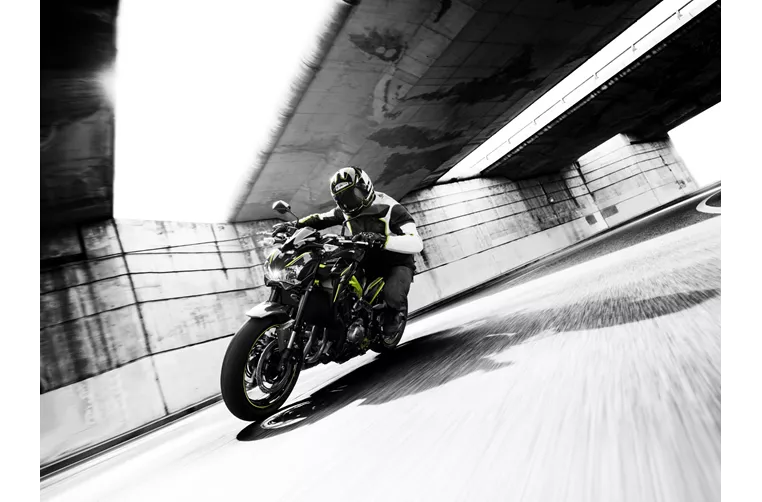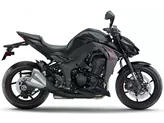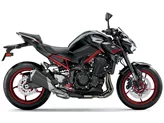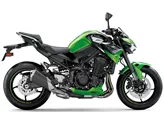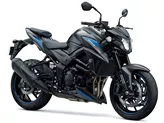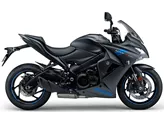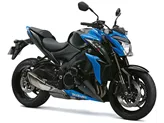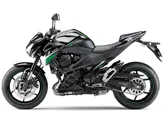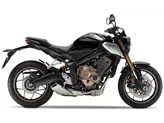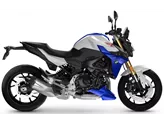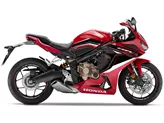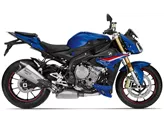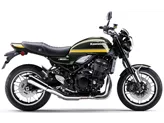Kawasaki Z900 2018 vs. Suzuki GSX-S1000 2016
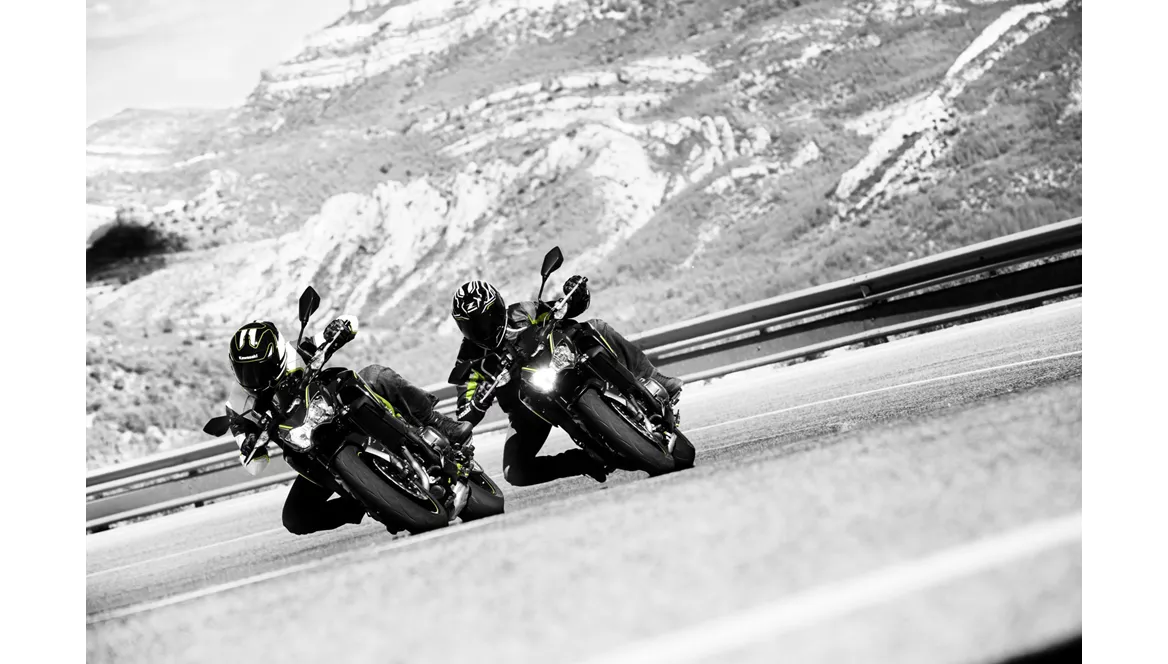
Kawasaki Z900 2018
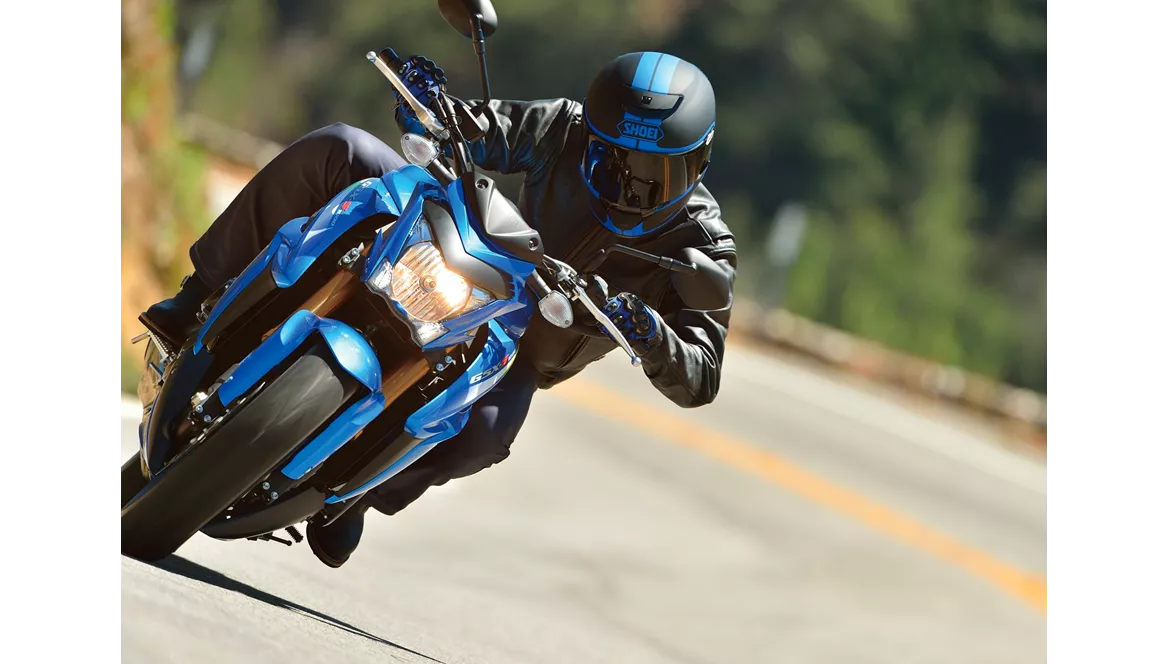
Suzuki GSX-S1000 2016
Pregled - Kawasaki Z900 2018 vs Suzuki GSX-S1000 2016
The Kawasaki Z900 2018 and the Suzuki GSX-S1000 2016 are both naked bikes with similar engine types, inline 4-cylinder engines, and liquid cooling systems. However, there are several differences between the two models.
In terms of engine power, the Suzuki GSX-S1000 2016 has a higher horsepower of 149 HP compared to the Kawasaki Z900 2018's 125.4 HP. The Suzuki also has a higher torque of 106 Nm compared to the Kawasaki's 98.6 Nm. This means that the Suzuki may offer more acceleration and power on the road.
Both bikes have fuel injection systems and 4-cylinder engines, which provide smooth and efficient power delivery. The Kawasaki Z900 2018 has a slightly smaller displacement of 948cc compared to the Suzuki GSX-S1000 2016's 999cc. This may result in a slight difference in performance and overall power.
In terms of suspension, both bikes feature upside-down telescopic forks at the front and swing arm suspension at the rear. The suspension on the Suzuki GSX-S1000 2016 offers more adjustability with compression, preload, and rebound adjustments, while the Kawasaki Z900 2018 only offers preload and rebound adjustments. This means that the Suzuki may provide a more customizable and comfortable riding experience.
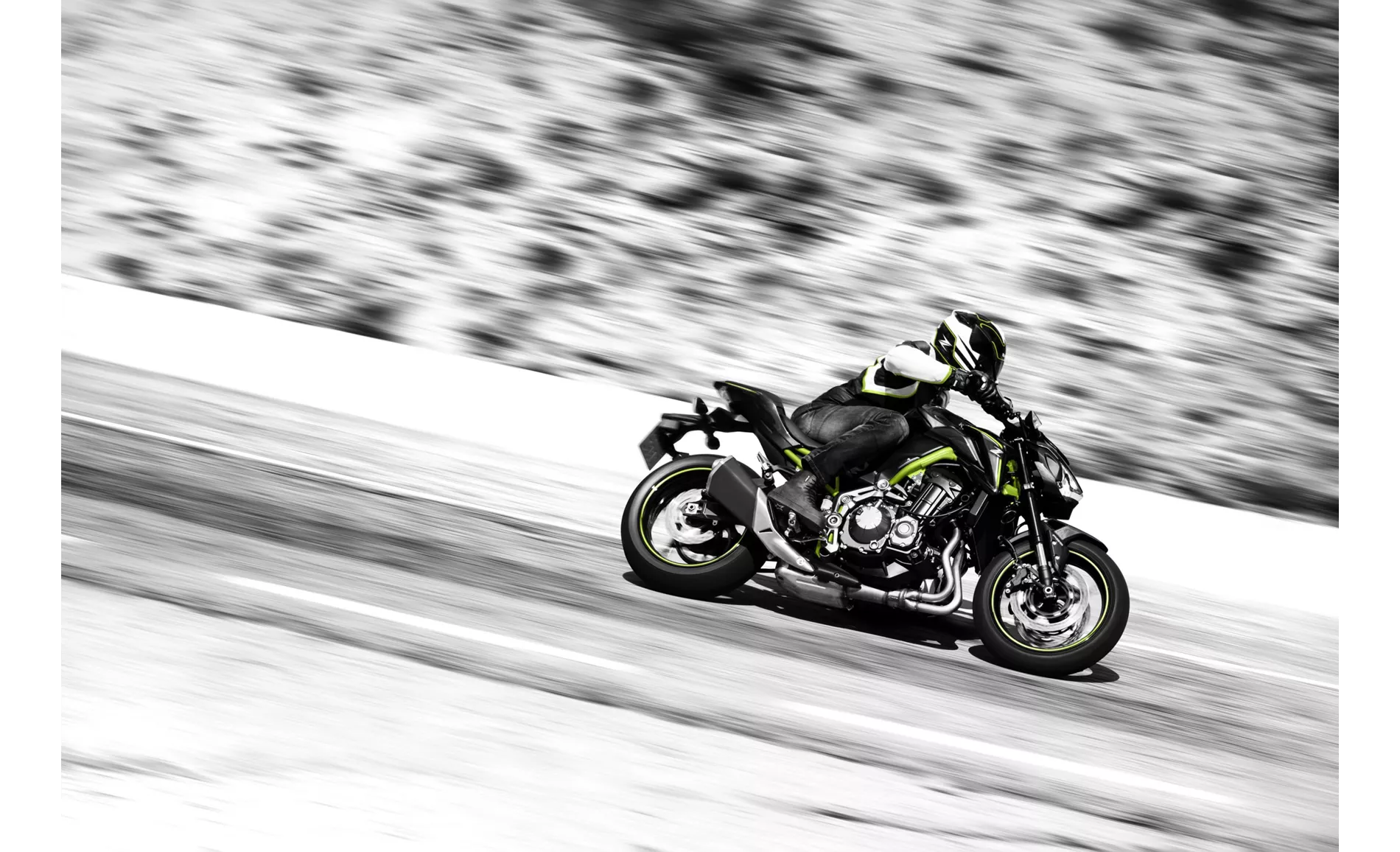
Kawasaki Z900 2018
The chassis of the Kawasaki Z900 2018 is made of steel and has a double cradle frame, while the Suzuki GSX-S1000 2016 features an aluminum frame with a twin tube design. The aluminum frame on the Suzuki may provide a lighter and more rigid structure, which can result in improved handling and stability.
Both bikes have double disk brakes at the front with four pistons, but the Suzuki GSX-S1000 2016 has larger diameter disks of 310mm compared to the Kawasaki Z900 2018's 300mm disks. The Suzuki also features radial technology, which may provide better braking control and performance.
Both bikes come equipped with ABS, which is an advanced rider assistance system that enhances safety by preventing wheel lock-up during braking.
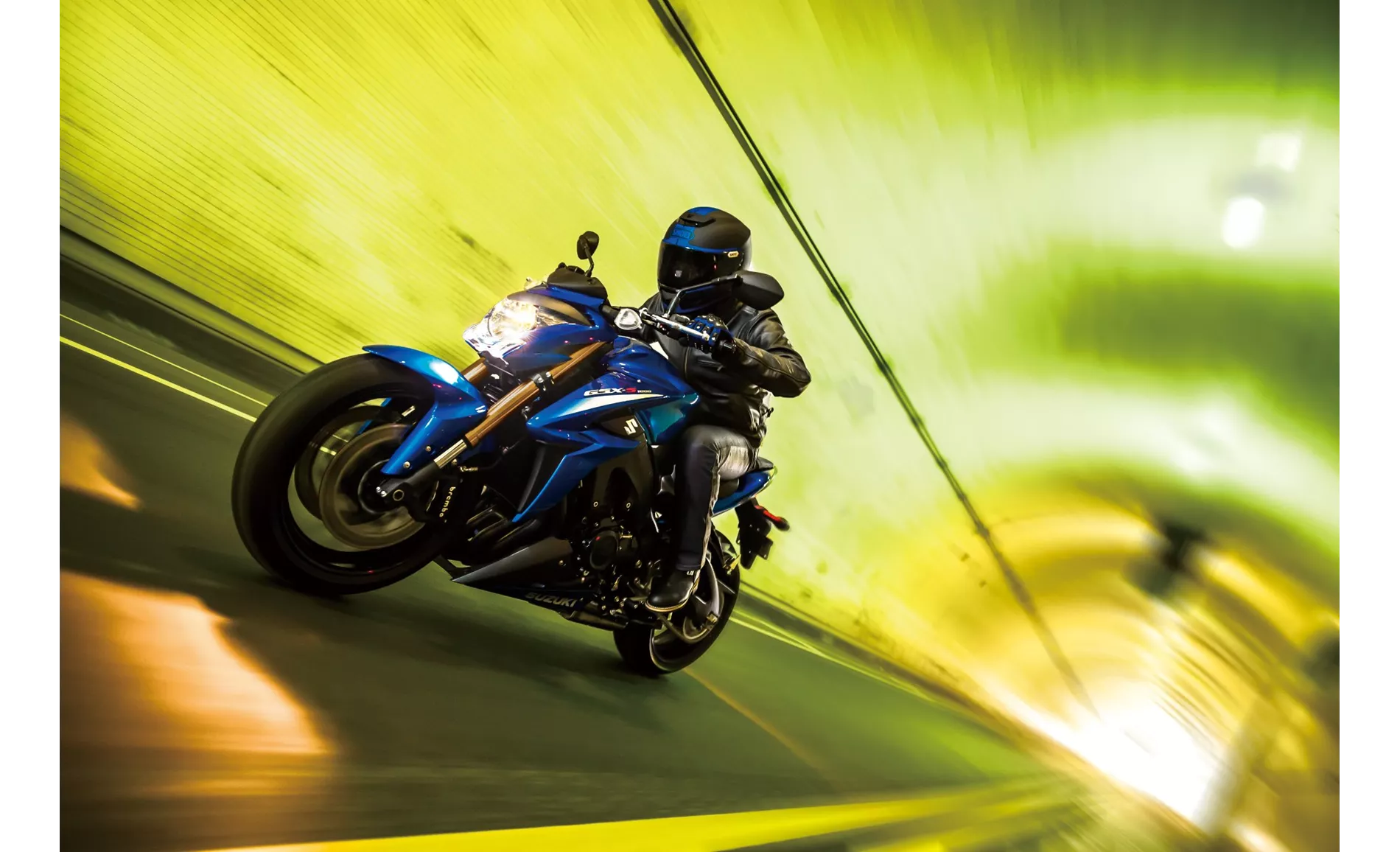
Suzuki GSX-S1000 2016
In terms of dimensions and weights, the Suzuki GSX-S1000 2016 has a slightly longer wheelbase of 1460mm compared to the Kawasaki Z900 2018's 1450mm. The seat height of the Suzuki is also slightly higher at 815mm compared to the Kawasaki's 795mm. The kerb weight of both bikes is similar, with the Suzuki weighing 209kg and the Kawasaki weighing 210kg.
In terms of strengths, the Kawasaki Z900 2018 is praised for its powerful and smooth engine, great sound, sharp and sporty look, low seating position, and easy handling and maneuverability. On the other hand, the Suzuki GSX-S1000 2016 is praised for its powerful engine, good braking control, stable and sensitive chassis, comfortable seating position, and relatively low price.
However, both bikes also have weaknesses. The Kawasaki Z900 2018 lacks traction control, which may be a disadvantage for riders looking for additional safety features. It also has a knee angle that can be strenuous for tall riders during long rides. The Suzuki GSX-S1000 2016 has a front end that some riders may find too aggressive or visually unappealing, and it has been reported to have a slightly twitchy throttle response in the lower rev range.
In conclusion, both the Kawasaki Z900 2018 and the Suzuki GSX-S1000 2016 have their own strengths and weaknesses. The choice between the two will ultimately depend on the rider's preferences in terms of power, handling, comfort, and price.
Tehničke specifikacije Kawasaki Z900 2018 u odnosu na Suzuki GSX-S1000 2016
Prednosti i nedostaci u odnosu na
Prednosti i nedostaci u odnosu na
Kawasaki Z900 2018
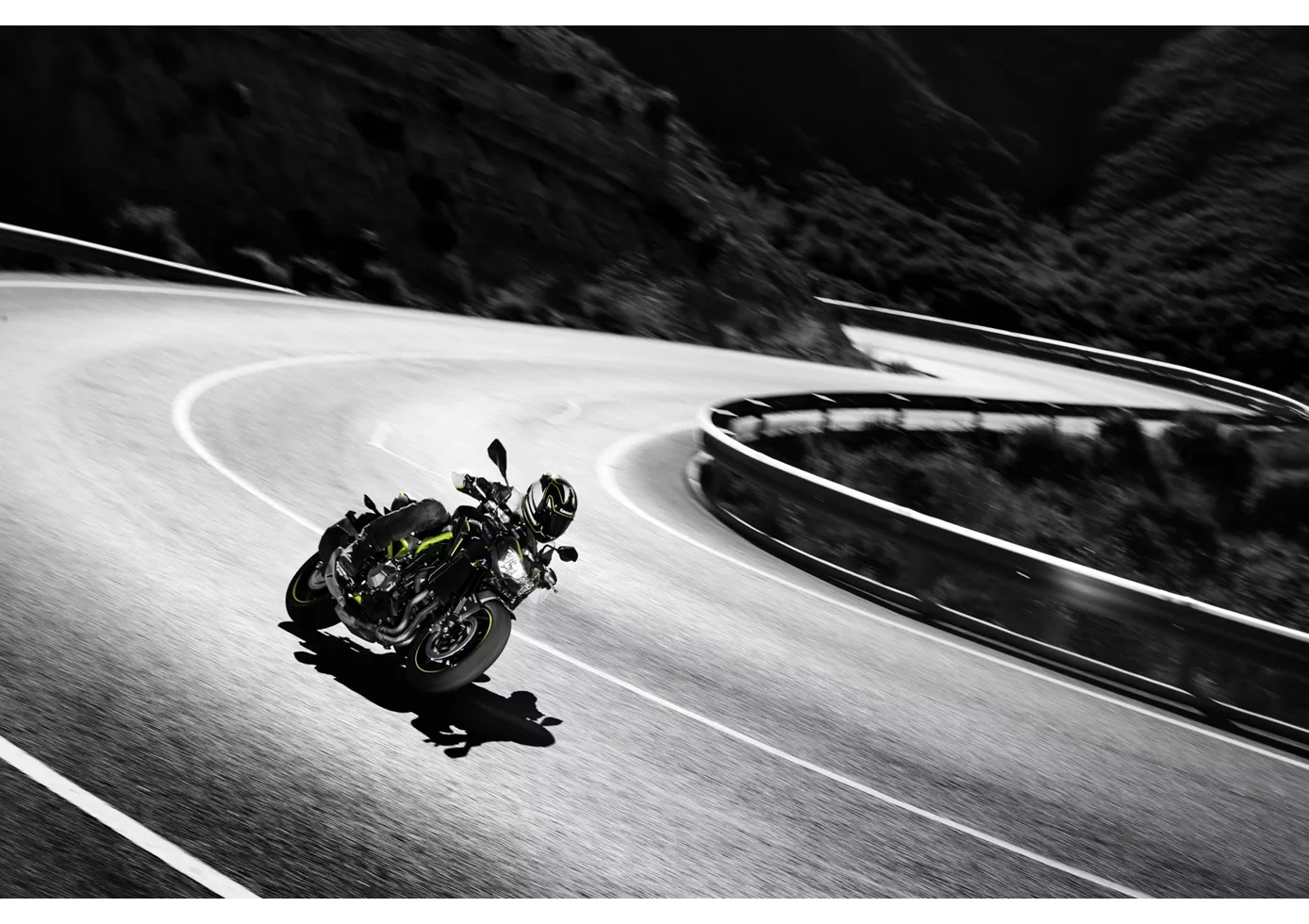
In the hotly contested naked bike segment, the Z900 plays right at the front. Above all, its engine is absolutely terrific, runs incredibly silky and offers rich power in all rev regions - as befits a Japanese four-cylinder. Its sporty, aggressive appearance matches this. It does without electronic bells and whistles, but still conveys a lot of confidence when chasing corners, braking and accelerating out of them. The low seat is especially beneficial for smaller riders, but taller riders might miss a flatter knee angle on long distances. The low weight and compactness make the Z900 particularly agile and easy to handle. A sporting cannon that is also extremely appealing in terms of price
Suzuki GSX-S1000 2016
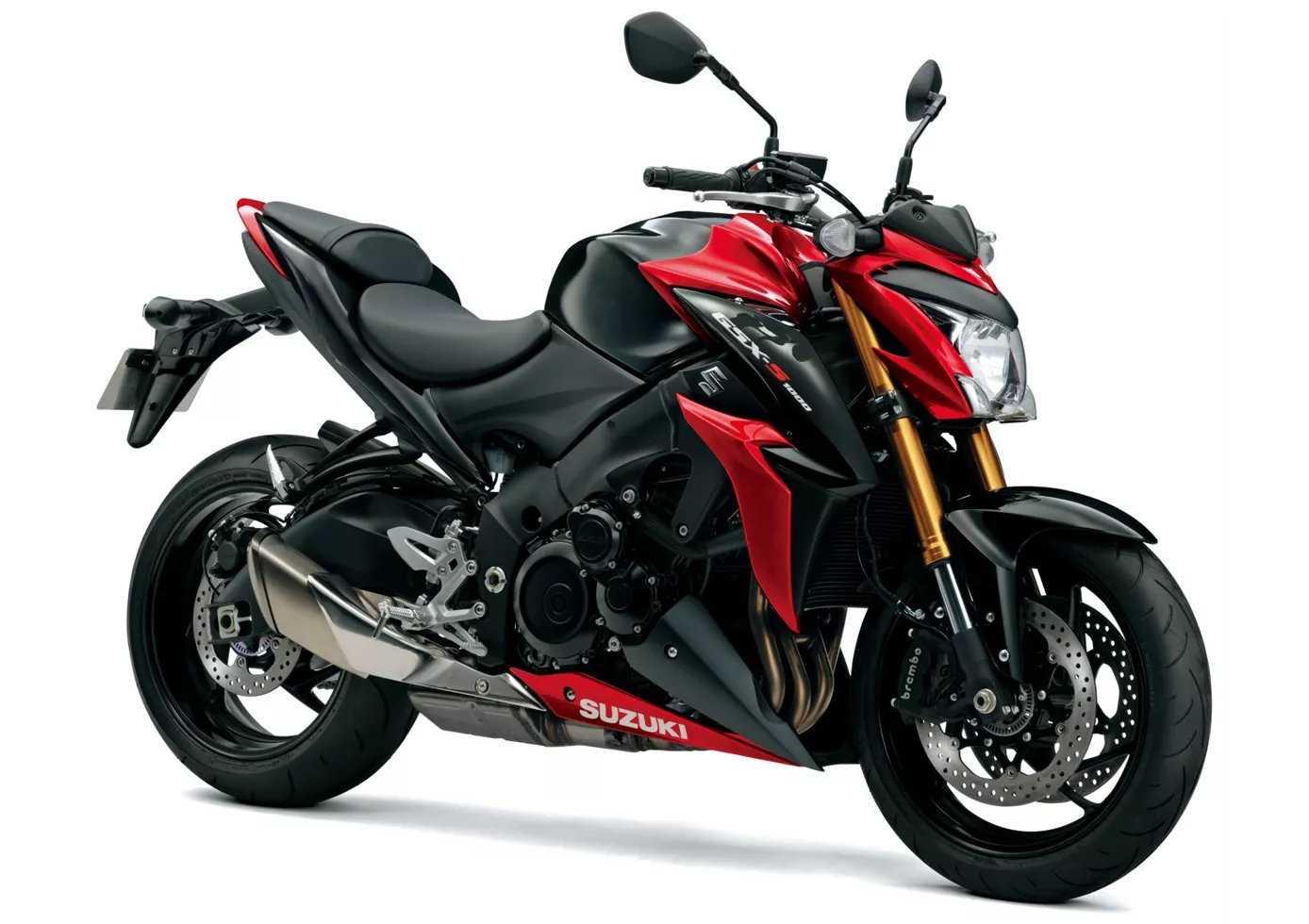
Some might be surprised that after waiting so long, Suzuki did not launch the ultimate, uncompromising power naked bike. Instead, the Suzuki GSX-S 1000 with its 149 hp seems almost too well-behaved. But once you ride it on the race track, you quickly realise that the engine is far more powerful in real life and that the rest of the performance of the chassis and braking system is also impressive. In return, it also offers a large portion of everyday and practical suitability - not bad ingredients when you have to cover everything from everyday to race track with a single bike.
Usporedba cijena Prosječna tržišna cijena Kawasaki Z900 vs Suzuki GSX-S1000
There are a few key differences between a Kawasaki Z900 2018 and a Suzuki GSX-S1000 2016. In terms of price, the actual average price of a Kawasaki Z900 2018 is about 2% higher. A Kawasaki Z900 2018 experiences a loss of 640 USD in one year and 520 USD in two years of ownership. This is offset by a loss of 90 USD and 1,330 USD for a Suzuki GSX-S1000 2016. Compared to Suzuki GSX-S1000 2016 there are more Kawasaki Z900 2018 bikes available on the 1000PS.de Marketplace, specifically 55 compared to 10. It takes less time to sell a Suzuki GSX-S1000 with 109 days compared to 112 days for the Kawasaki Z900. Since model year 2017 1000PS.de editors have written 46 reviews for the Kawasaki Z900 and 36 reviews for the Suzuki GSX-S1000 since model year 2015. The first review for the Kawasaki Z900 was published on 11/11/2016 and now has more than 93,200 views. This compares to more than 17,100 views for the first review on Suzuki GSX-S1000 published on 9/27/2014.
